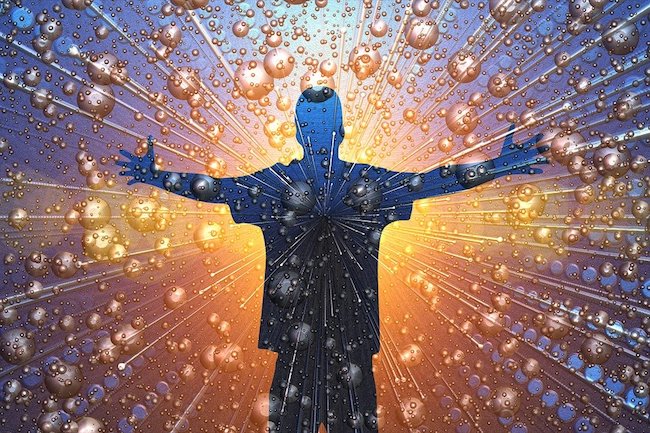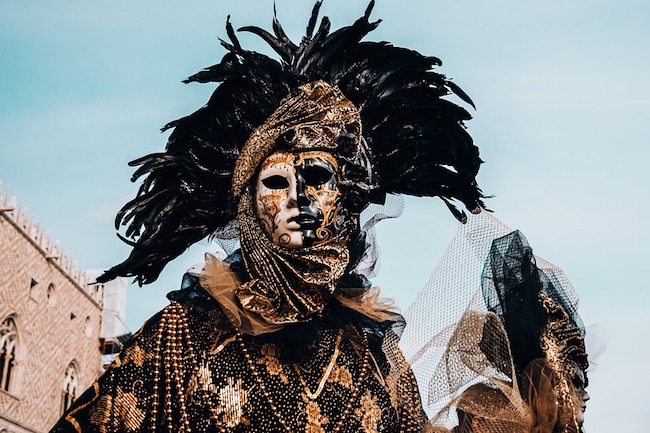Merritt Medical Hour: Nanobots being found in the bodies of vaxxed people By Kevin Hughes for Ingredients
Investigative researcher Celeste Solum joined the Medical Rebel Dr. Lee Merritt on the “Merritt Medical Hour” to discuss artificial intelligence (AI) and robots.
During the Brighteon.TV program’s Nov. 2 episode, Merritt shared her conversation with Pfizer employee-turned-whistleblower Karen Kingston. They touched on hydrogel, graphene oxide and metals – components all found in the Wuhan coronavirus (COVID-19) vaccines.
Kingston discovered all the patents for the hydrogel technology, expressing belief that this hydrogel is an AI being distributed worldwide. Meanwhile, Merritt remarked that graphene oxide is a transmitter used by nanobots in the vaccine. She added that this AI network set up by nanobots can be found in the bodies of people injected with the COVID-19 gene treatment.
In response to the Medical Rebel’s question whether humanity is fighting an AI, Solum answered in the affirmative. She revealed that the company Heterodyne patented the hydra parasite in the vaccine’s hydrogel component.
Merritt added that the hydra parasite embedded in the hydrogel was the Hydra linnaeus organism, as the wild species found in fresh water is H. vulgaris. Hydra parasites contaminate aquariums, she remarked, but can easily be addressed using the anti-parasitic drug nitric oxide.
Solum and Merritt touch on robots in the commercial market
Solum mentioned a humanoid robot named Ai-Da testifying before lawmakers at the British House of Lords. The robot created by Aidan Meller made history by becoming the first robot to speak at the British Parliament’s upper chamber. Ai-Da spoke to legislators from the upper chamber’s Communications and Digital Committee.
“I produce my paintings by cameras in my eyes, my AI algorithms and my robotic arm to paint on canvas, which result in visually appealing images. For my poetry using neural networks, this involves analyzing a large corpus of text to identify common content and poetic structures, and then using these … to generate new poems,” it told Baroness Deborah Bull.
“How this differs to humans is consciousness. I do not have subjective experiences, despite being able to talk about them. I depend on computer programs and algorithms. Although not alive, I can still create art.”
Ai-Da concluded that “technology has already had a huge impact on the way we create art” and that its role in creating art “will continue to grow.” (Related: AI robots are already creating “hellish dystopia” by stealing human jobs, professor warns.)
“This robot was like part human. It had the robotic arms. It’s an artist and looks at a picture differently,” Solum said. She also mentioned a company called Sanctuary AI which has made human-like robots. These robots were even smarter than the person sitting in the White House, Solum joked, a swipe at U.S. President Joe Biden.
Merritt ultimately stated that these robots are already getting into the commercial market. The eventual rise of robotic rights and ethics, she explained, will surely pose a real challenge for humans in the future.
Follow Nanotechnology.news for more on the nanobots found in COVID vaccines.




